Types of Facilities
Our experience has helped us to innovate and improve our work systems, in each of the specialties of automatic and manual extinction, covering Water Mist (High pressure), gas extinction (FE13, Novec), foam and water installations. , achieving greater speed and minimizing costs for our clients.

Equipped Fire Hydrants (BIE's)
It is a fire-fighting material that makes it possible to immediately have a continuous supply of water and project it onto a fire.
The BIE are named by the nominal diameters of the hoses, and are of two types:
- BIE of 25, with a 25mm diameter semi-rigid hoseBIE of 45, with a 45mm diameter flat hose, which adopts a cylindrical shape when under pressure.
Outdoor Hydrant Network
A hydrant is a fire fighting device, connected to the supply network, intended to supply in the event of a fire in all its phases to hoses or monitors directly attached to it, or to tanks or pumps of the fire services. extinction, and which is located outside the buildings.
There are two types of hydrants, column and manhole.
Within column hydrants we can distinguish between:
- Dry column hydrant is a column hydrant equipped with connection fittings. Water is introduced into the column only when the main valve, located under the soil line, is opened. Wet column hydrant is a column pipe that will be connected to the general distribution network and emerge from the ground. Water will continually occupy the interior of the hydrant.
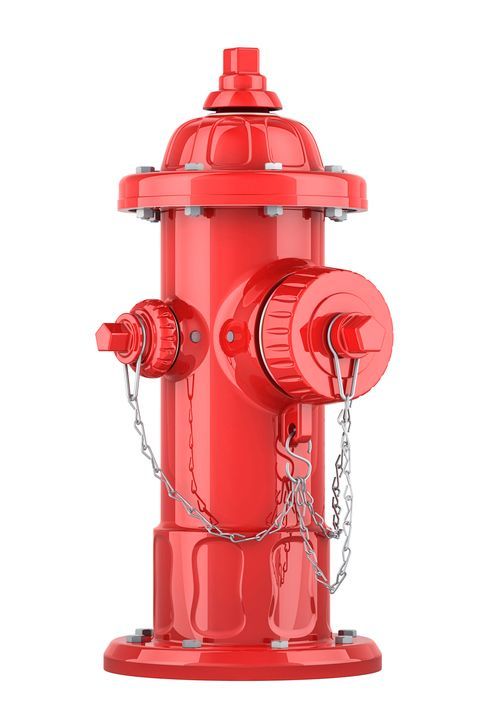
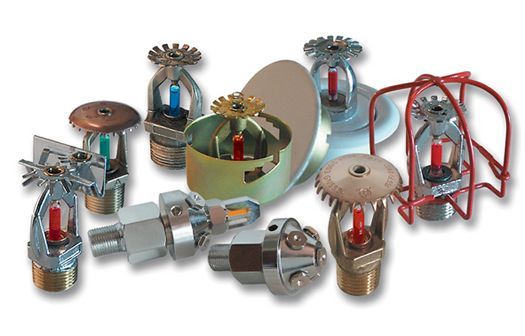
Auto Sprinkler Systems.
They are one of the fire extinguishing systems. They are generally part of a fire fighting system based on a water reserve to supply the system and a network of pipes of which they are terminal elements. They are generally activated when detecting the effects of a fire, such as the increase in temperature associated with the fire, or the smoke generated by combustion.
Automatic sprinklers have a hole for the water outlet, a trigger mechanism and a deflector to convert the output jet into a spray of water in the area where there is a fire.
The sprinkler can be triggered by two mechanisms: by a heat-sensitive element or by a fire detector.
Mist and Spray Water Systems
Water mist fire protection systems are a superior alternative to gaseous and conventional water systems. They divide water into very small droplets, maximizing cooling capacity and minimizing water damage. Its advantages include:
- Economical: Low cost of the extinguishing agent. Ecological: Do not harm the environment. Safe: Non-conductive of electricity and safe for people and equipment. Effective: Ideal for flammable liquid fires and prevent re-ignition. Minimal damage: Reduce water damage and maintain the oxygen level.Multi-discharge: Provide rapid extinction for class A, B and C fires, eliminating the risk of reignition and washing away toxic smoke and gases.
Water spray cooling systems, unlike mist cooling, use larger droplets and lower pressures. Both types use a network of pipes and nozzles, but mists are more effective at extinguishing fires with less water.
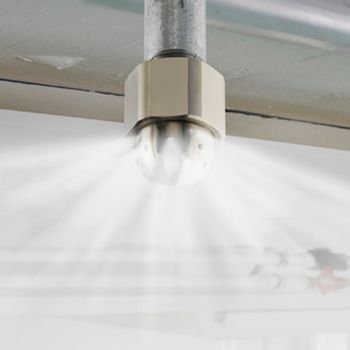
Slide Title
Escriba su subtítulo aquíButton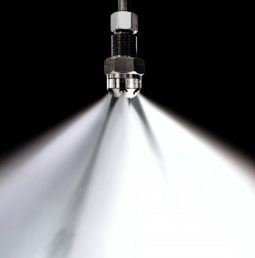
Slide Title
Escriba su subtítulo aquíButton
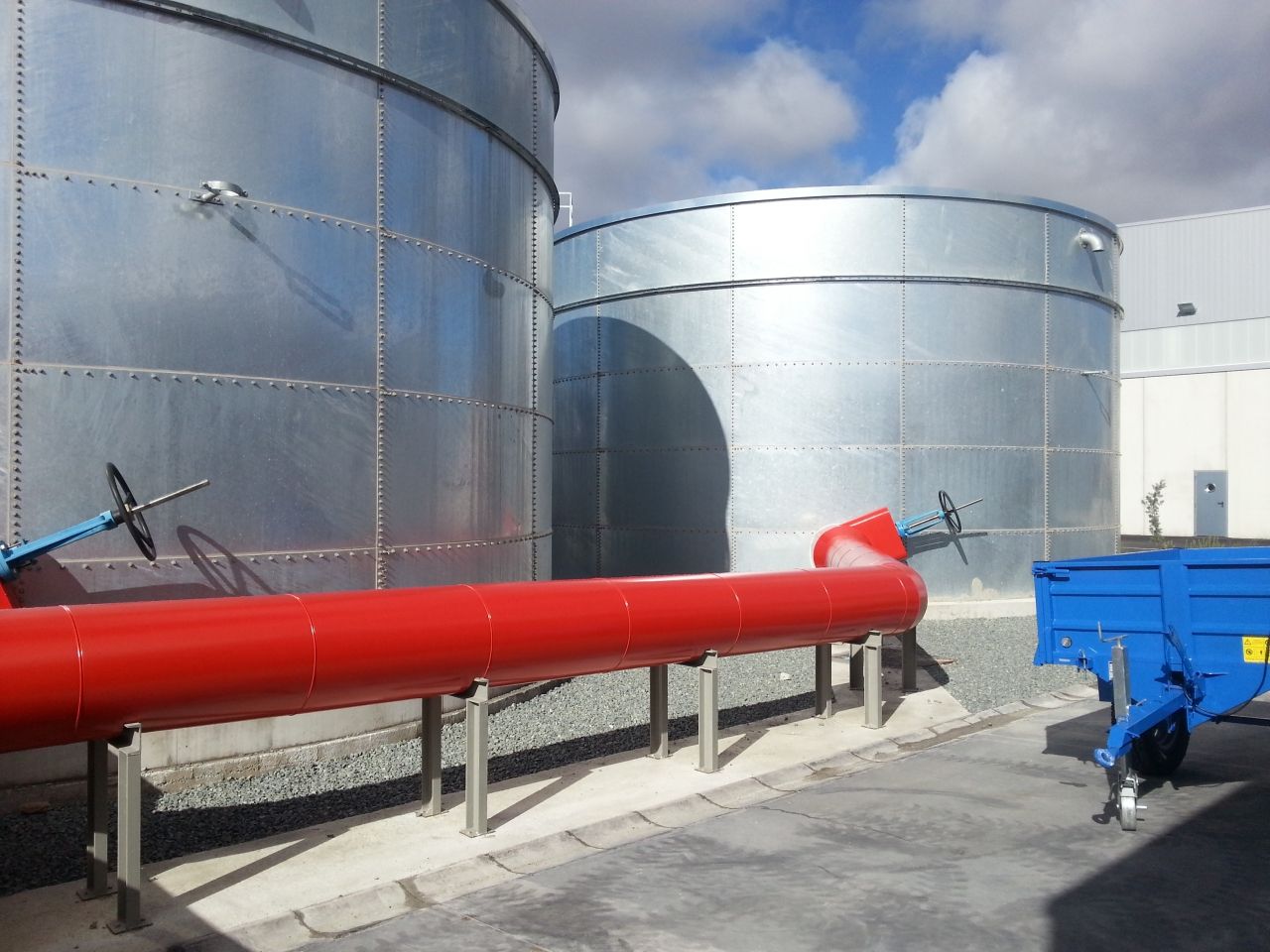
Slide Title
Escriba su subtítulo aquíButton
Slide Title
Escriba su subtítulo aquíButton
Water Supply Systems
Fire protection systems require a set of water source and delivery equipment to meet the flow and pressure needs during the necessary autonomy time.
Fire Supplies and Warehouses
Water sources, such as galvanized sheet metal aerial tanks or buried/elevated civil engineering tanks, must supply the necessary flow for the time required for the fire fighting system.
Pressure groups
The drive equipment, or pressure groups, drive the water from the tanks to the protection installations. These devices, composed of a pump and a motor (electric or diesel), are designed to meet the flow and pressure needs according to the risks and regulations.
Drive System Configuration
The delivery system can be configured with one, two or three pumping units, ensuring redundancy in case of malfunction. Configurations can include a primary computer and an auxiliary computer or multiple computers sharing the workload.
Extinguishing Systems by Foaming Agents
This type of extinguishing system is based on creating a mixture of water, foaming agent and air that generates the foam that will be discharged on the risk (an effect similar to the expansion that is generated in the mixture of soap and water). Depending on the expansion of the foam concentration, three types of foam can be distinguished: low, medium and high expansion.
Physical foam extinguishing systems are mainly used to extinguish fires in risks with flammable and combustible liquids or solids. Low expansion foams are more liquid in nature and are used to cover two-dimensional surfaces since the expansion is reduced; On the other hand, medium and high expansion foams are designed to cover a three-dimensional volume such as tanks, buckets, flooding of flammable liquid warehouses, etc.
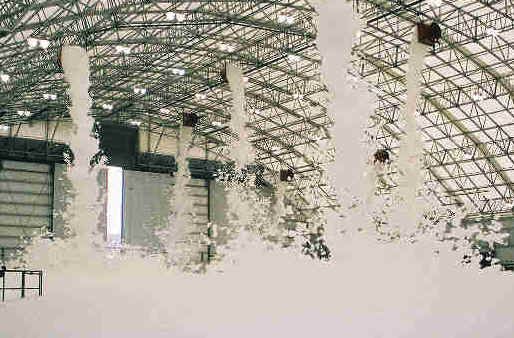
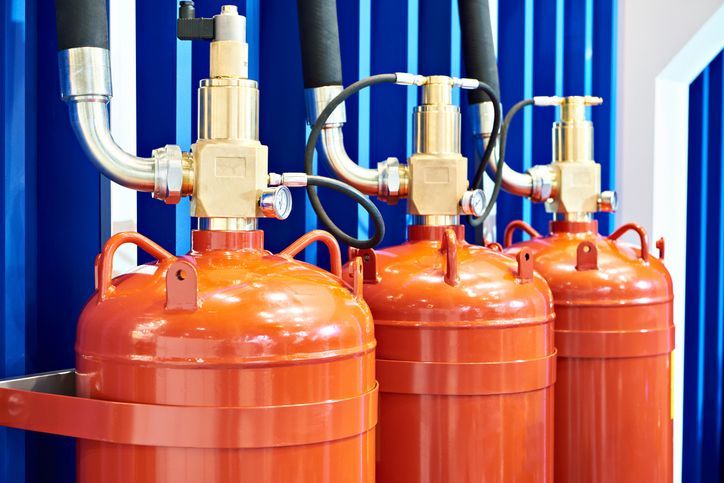
Extinguishing Systems by Gaseous Agents
They are one of the fire extinguishing systems. They are generally part of a fire fighting system based on a water reserve to supply the system and a network of pipes of which they are terminal elements. They are generally activated when detecting the effects of a fire, such as the increase in temperature associated with the fire, or the smoke generated by combustion.
Automatic sprinklers have a hole for the water outlet, a trigger mechanism and a deflector to convert the output jet into a spray of water in the area where there is a fire.
The sprinkler can be triggered by two mechanisms: by a heat-sensitive element or by a fire detector.
Do you need more info?
Contact us and find out how we can help you protect your property.
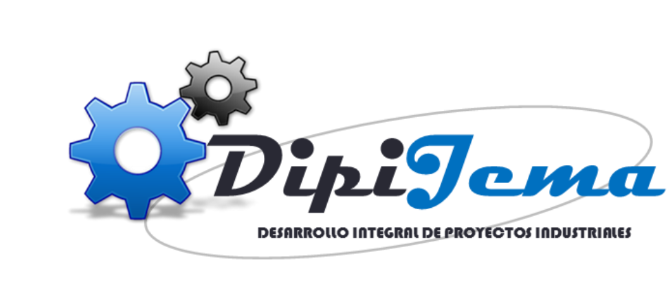
Created by

